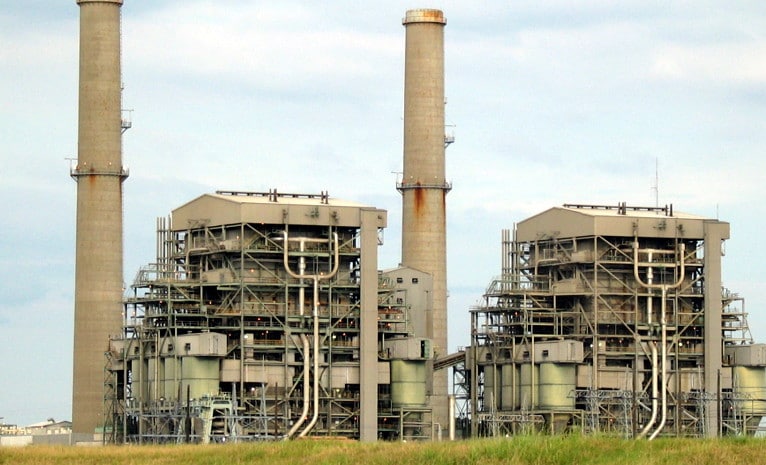Despite the Trump Administration’s plans to prop up uneconomic coal plants through the Federal Energy Regulatory Commission (FERC), more continue to go offline. This was underscored late last week when Luminant announced that it would close two coal plants in Central Texas in early 2018, for a total capacity of 2.3 GW.
This comes only one week after Luminant revealed plans to close its Monticello coal plant in Northeastern Texas in 2018, for another 1.8 GW. The individual units at two of these three plants came online around 40 years ago, but the latest unit at the Sandow Plant is only eight years old.
Environment Texas claimed the closure of the plants as a victory for the environment and public health, but these considerations appear to have little impact on causation. Luminant noted that these projects are a victim of “sustained low wholesale power prices”, and credited both an “oversupplied” renewable energy market as well as low gas prices.
Given the impending danger from climate change the concept of an oversupplied renewable energy market is a strange one for pv magazine staff. However what is clear is that Texas is generating an increasing amount of its power from renewables, with data from the U.S. Energy Information Administration’s Electric Power Monthly showing that wind alone met just over 20% of Texas’ electricity demand in the first half of 2017 – on par with leading nations in Western Europe.
And while solar is still supplying less than 1% of Texas’ electricity, the market is booming. Texas was the 2nd-largest solar market in the United States during the second quarter of 2017, with GTM Research and Solar Energy Industries Association reporting 378 MW installed.
There could be much more in the future, and the retirement of these plants bodes well for the state’s solar market. Texas’ grid does not feature capacity payments, and as such on-peak pricing of power is a more important factor in the economics of the electricity sector. This creates excellent conditions for solar, which aligns well with peak demand in Texas.
“There is a good chance that with those coal plants leaving some of the scarcity revenue will go up,” Energy Innovations Senior Fellow Eric Gimon told pv magazine. “Solar is in a good position to capture a lot of the peak pricing.”
Gimon also says that it is unlikely that cheap wind will eclipse the market of solar, as it tends to produce during different hours. “(Wind is) not really in the same market as solar,” notes Gimon.
There are currently 24 GW of solar projects in the state’s interconnection queue; however Gimon estimates that typically only around 25% of such projects are ever completed.
Luminant’s announcements of coal plant closures come as Trump appointees in the Federal Energy Regulatory Commission (FERC) are pushing through a expedited process intended to provide subsidies for coal and nuclear plants in competitive power markets.
However since Texas grid operator ERCOT does not fall under FERC jurisdiction this will have no impact on the state’s power market, and the impact of any rule has been further eroded by limiting its application to wholesale power markets with energy and capacity payments. This means that it will mostly apply in the Northeast and Midwestern United States, as well as California, where there is very little coal and only one nuclear power plant.
Any subsidies that FERC does force will need to be significant to prevent more coal plants from going offline. An analysis by Union of Concerned Scientists found that in addition to the 163 coal-fired units that are scheduled to either go off-line or convert to natural gas, another 122 units are currently uncompetitive when compared to cleaner alternatives.
This content is protected by copyright and may not be reused. If you want to cooperate with us and would like to reuse some of our content, please contact: editors@pv-magazine.com.









Coal can be used in large chunks as fill rock for large sinkholes and filters.